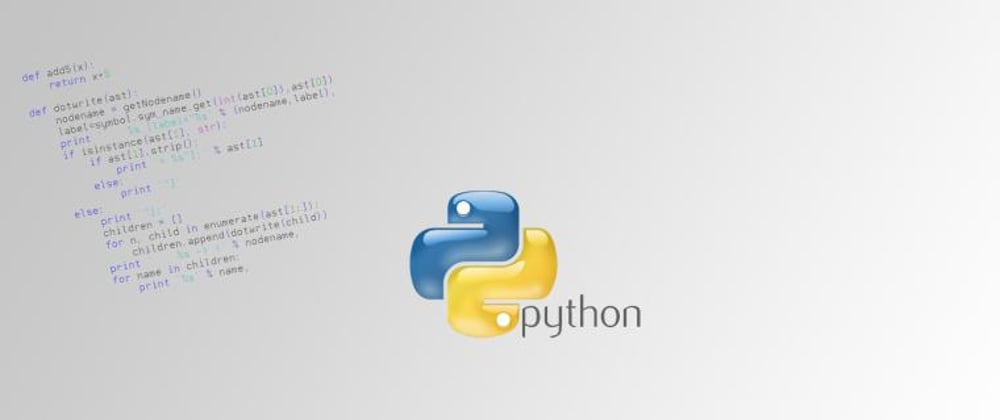In the Python programming language, the for loop is often used to repeat code. Another word for "repeat code" is iteration.
Other than iterating over code, a for loop can iterate any sequence of items, such as a list or a string.
grammar:
for loop syntax is as follows:
for iterating_var in sequence:
statements (s)
flow chart:
The control flow graph shows the execution of a for loop
Example:
#!/usr/bin/python
#-*- coding: UTF-8 -*-
for letter in 'Python': # first instance
print('current letter:', letter)
fruits = [ 'banana', 'apple', 'mango']
for fruit in fruits: # second instance
print('current letter:', fruit)
print("Good bye!")
Examples of the above output:
current letter: P
current letter: y
current letter: t
current letter: h
current letter: o
current letter: n
current letter: banana
current letter: apple
current letter: mango
by an iterative sequence index
You can traverse through the execution cycle by index, the following examples:
#!/usr/bin/python
#-*- coding: UTF-8 -*-
fruits = [ 'banana', 'apple', 'mango']
for index in range(len(fruits)):
print("Current fruit:", fruits[index])
print("Good bye!")
Examples of the above output:
Current fruit: banana
Current fruit: apple
Current fruit: mango
Good bye!
The above examples we use the built len() function and range(), len() function returns the length of the list, i.e. the number of elements. range returns a sequence number.
Other examples
Print a triangular array 1-9:
#!/usr/bin/python
# - * - coding: UTF-8 - * -
for i in range (1,11):
for k in range (1, i):
print(k, end=''),
print("\n", end='')
Example of the above output:
1
12
123
1234
12345
123456
1234567
12345678
123456789
You can also use a for loop on a dictionary, but this works a bit differently:
d = {'x': 1, 'y': 2, 'z': 3}
for k,v in d.items():
print(k, 'corresponds to', v)








Top comments (0)